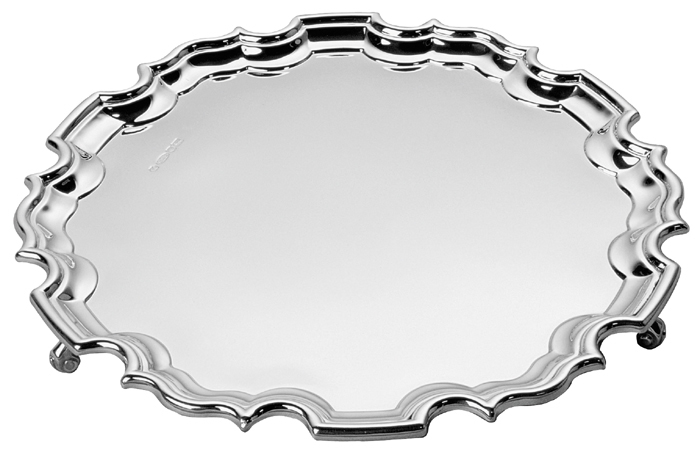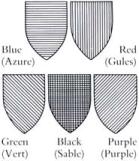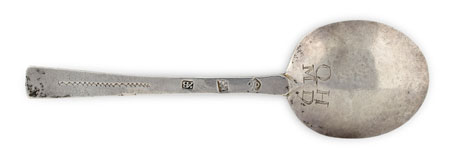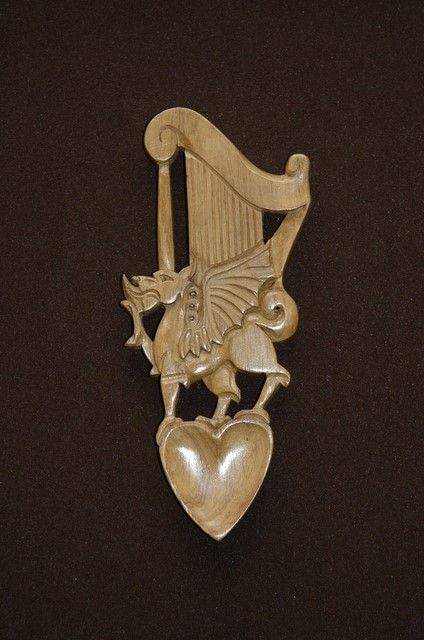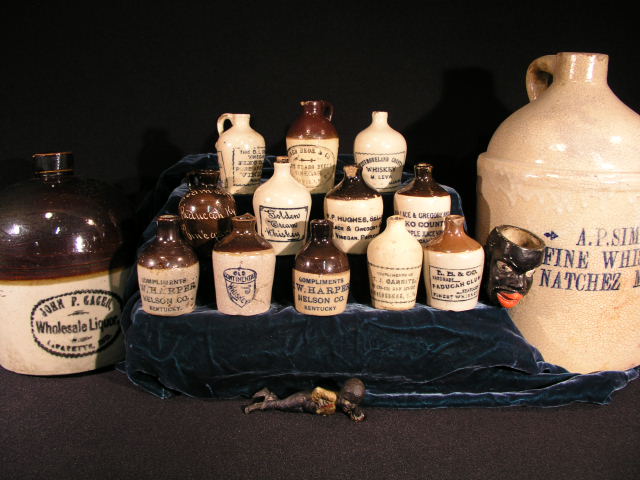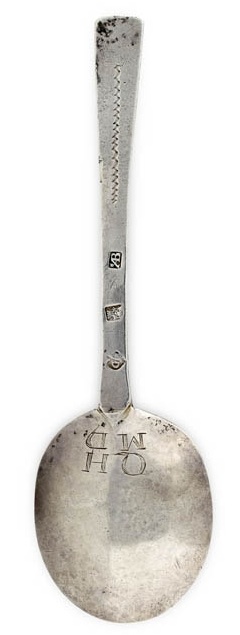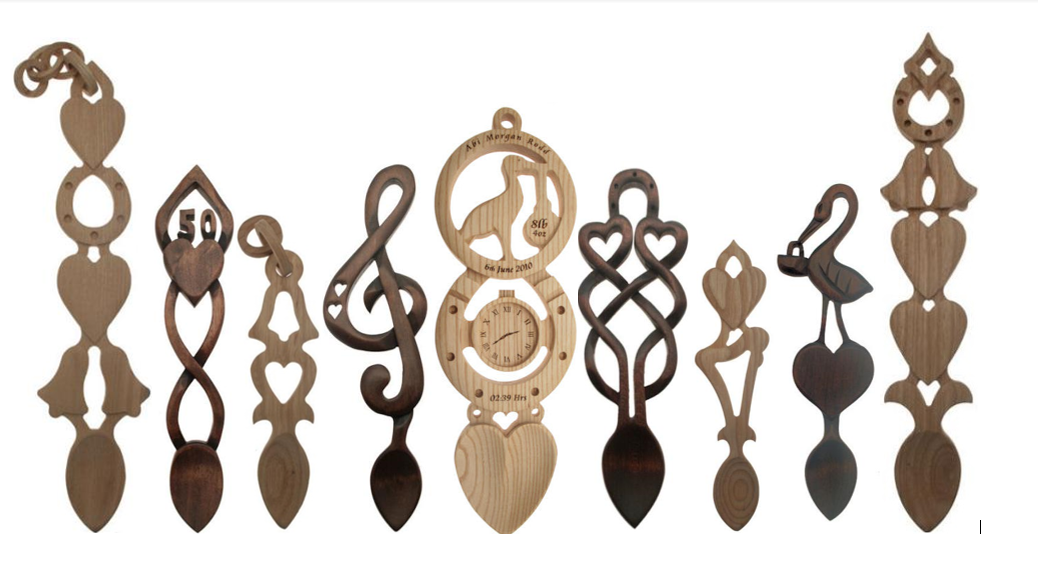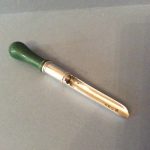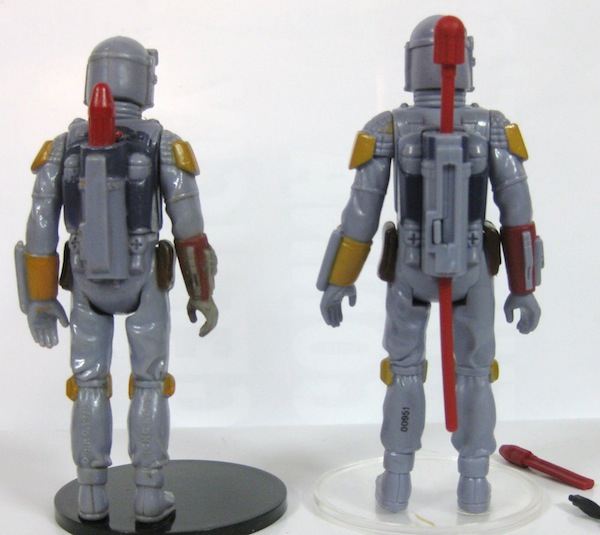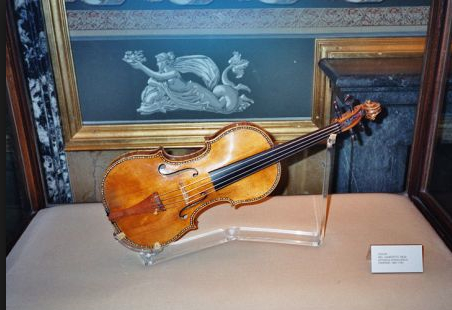The difference between salvers and trays is that trays have handles, while salvers do not. Both were used as presentation pieces and for practical purposes, and good ones are always popular with collectors. But what features should you be looking out for?
Many salvers survive from c.1700 onwards, but trays were not made until the end of the 18th century. Those decorated with elaborate borders will probably cost more than simpler ones.
Salvers and trays often had the armorials of their owner engraved in the centre. If the crest belongs to a famous family, this can increase value as well as providing an interesting insight into the previous owner of your tray.
The tray shown above was made in 1806 and has an oval shape typical of the period. It is worth £6,000 to £8,000.
Marks
There should be a full set of marks on the body of the tray or salver, usually in a straight line. Applied borders may be separately marked.
Armorials
An amorial is an engraved crest or coat of arms; those that are contemporary to the piece are preferable to ones added later. Many were erased in the 1920s, so check that the metal in the centre of your tray or salver isn’t thinner than the rest.
Borders
Borders used to decorate trays and salvers (and other types of silver) can help you to date the piece, although many designs were repeated in the 19th century.

